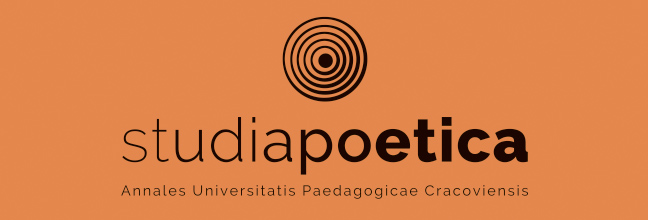Wykonywanie edyktów o prześladowaniu chrześcijan na terenie Palestyny w relacji Euzebiusza z Cezarei „O męczennikach palestyńskich”.
Main Article Content
Abstrakt
"The great persecution", which took place during the region of Diocletian, is know to us very well thanks to the account of Eusebius of Caesarea, who witnessed it. He described it in The Eclesiastical History and in seperate book about the martyrs in Palestine, where he was the metropolitan as the bishop of Caesarea. On the basis of The martyrs of Palestine, this article presents. The Diocletian persecution was the last attemt at stifling the Christian religion, which was granted freedom of worship several years later. The attack on Christiaity rezulted from political reasons. Diocletian longed for return of the traditional old Roman religion and reigious unity in order to reconstruct th according to the detailed registers of names e power of the state. The persecution was most intensive in the eastern orovinces of the emipre, whereas in the West, it was more lenient and latest shorter. In the East, there were actually more Christian communes and they were most numerous. The persecution on the discussed territory peaked in 306, when Maximin added to the edict a regulation ordering municipial authorites to execute it according to the detailed registers throught of all inhabitants. The next escalation of persecution took place in 309 and it continued through 310 when it started to weaken. It did not bring the expected results.
Article Details
|
